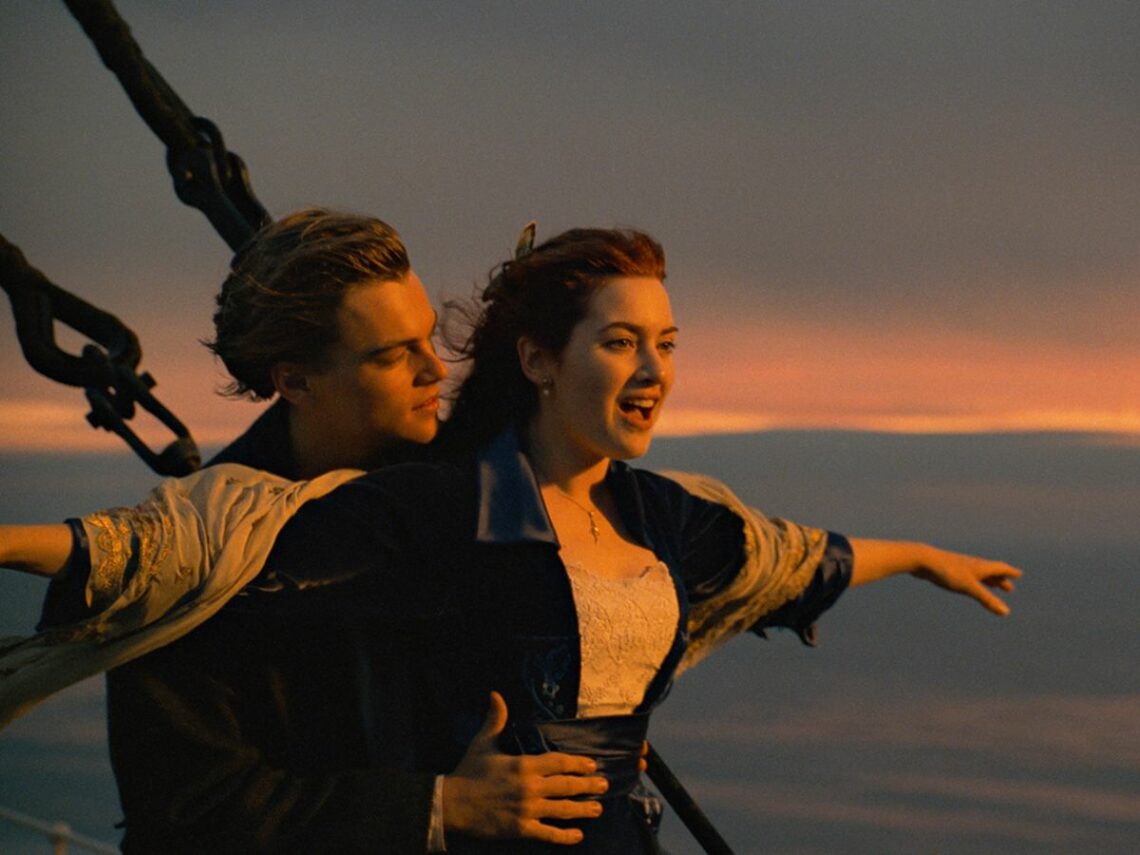
Why ‘Titanic’ is still worth watching nearly 30 years on
Unless you were born yesterday or are living under a rock, it’s otherwise impossible to remain oblivious to Titanic, James Cameron’s magnum opus. The 11-time Oscar-winning film is a cultural touchstone that transcends generations in terms of reception. But it’s also a glittering example in Hollywood’s Hall of Fame that has stood the test of time like none passed since its release in 1997. Cameron and his all-star crew began production on Titanic on September 1st, 1995, nearly 30 years ago. As of now, Titanic is streaming on Netflix.
Three decades have passed, but you still won’t find another title that lives up to Titanic’s calibre of resonance. It infamously chronicles the devastating shipwreck during its maiden voyage, based on the accounts of the sinking of the RMS Titanic in 1912. However, at the heart of its story lie differences between human experience, even in the face of death, with Cameron showcasing themes of class division and discrimination in the 1910s. Titanic’s relevance 30 years on is honestly no surprise; from cinematic craftsmanship to iconic performances, Cameron and the crew ticked every box expected of a blockbuster.
Of course, cinematic standards have risen incredibly with technological advancements in the past three decades. But Titanic’s costumes, production design, and visual effects retain their original impact, even by today’s benchmarks. The film most obviously draws from history, but it also incorporates fictionalised aspects to humanise the story.
Especially with Jack and Rose, a third-class and a first-class passenger’s romance blooming right at the centre, departing from the classist expectations of the time, their tragic separation highlights intense layers of complex narration.
What makes the Titanic still a class apart?
Titanic doesn’t just re-create a significant moment of history; it represents the politics of love and loss with retrospection in present day that hits hard. The film was reportedly the most expensive movie made at the time, with a budget of $200million. It went on to gross $2.264billion worldwide, becoming the highest-grossing film of 1998. In fact, it was the first film to earn more than a billion dollars globally.
Additionally, Titanic was re-released in 3D later on, which made it the second film to surpass $2billion. Another aspect that elevated it was the soundtrack by Celine Dion, ‘My Heart Will Go On,’ which won an Oscar alongside four Grammy awards. Following Titanic’s re-release in 2012, the film was again released on its 20th anniversary on December 1st, 2017. In 2023, it was re-released to mark the 25th anniversary.
With each and every re-release, new age groups have enjoyed a front-row seat to Titanic, cementing its timelessness for new and old audiences alike. Not to underestimate the streaming impact of Titanic on the modern audience. The 1997 film has also influenced Titanic’s representation across other media, such as James Cameron’s Titanic Explorer, Spin Master Games’ Titanic: The Game, and its induction into contemporary meme culture.
Titanic’s star appeal was yet another crucial box office draw with Leonardo DiCaprio and Kate Winslet in the lead. Their love, against all odds, shone brightly even in the wake of humanity itself drowning. Cameron filmed the wreck on the Akademik Mstislav Keldysh, and the CGI was completely ahead of its time. He knew he had to tug at the heartstrings to relay the emotional weight of the shipwreck.
And he did so beautifully with a majestic ship that went down with the waves, taking class distinctions with it, as death’s greatest leveller claimed souls on board without regard for rank or riches. Titanic lives on because it’s not just a story; it’s an unforgotten reality.